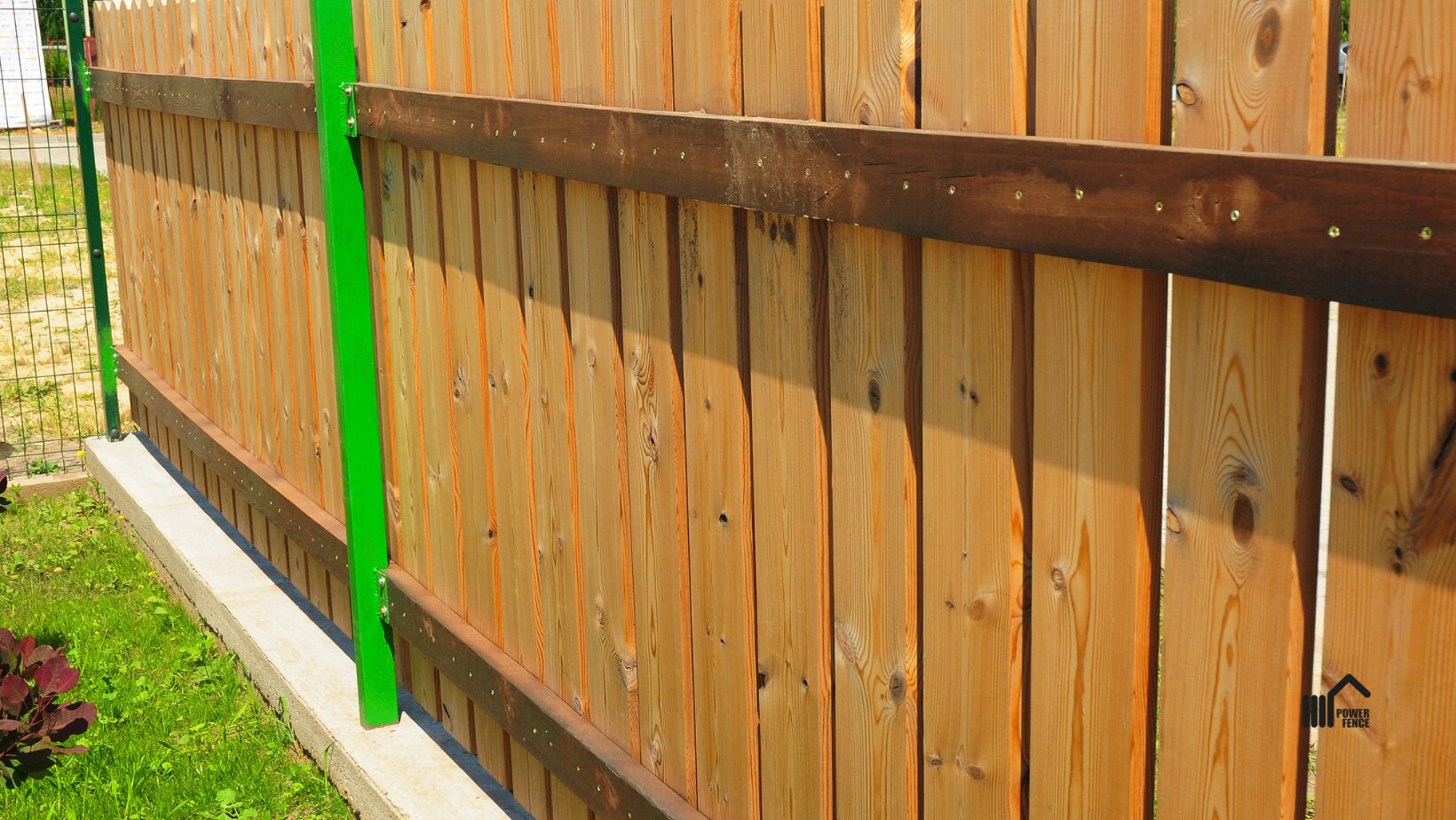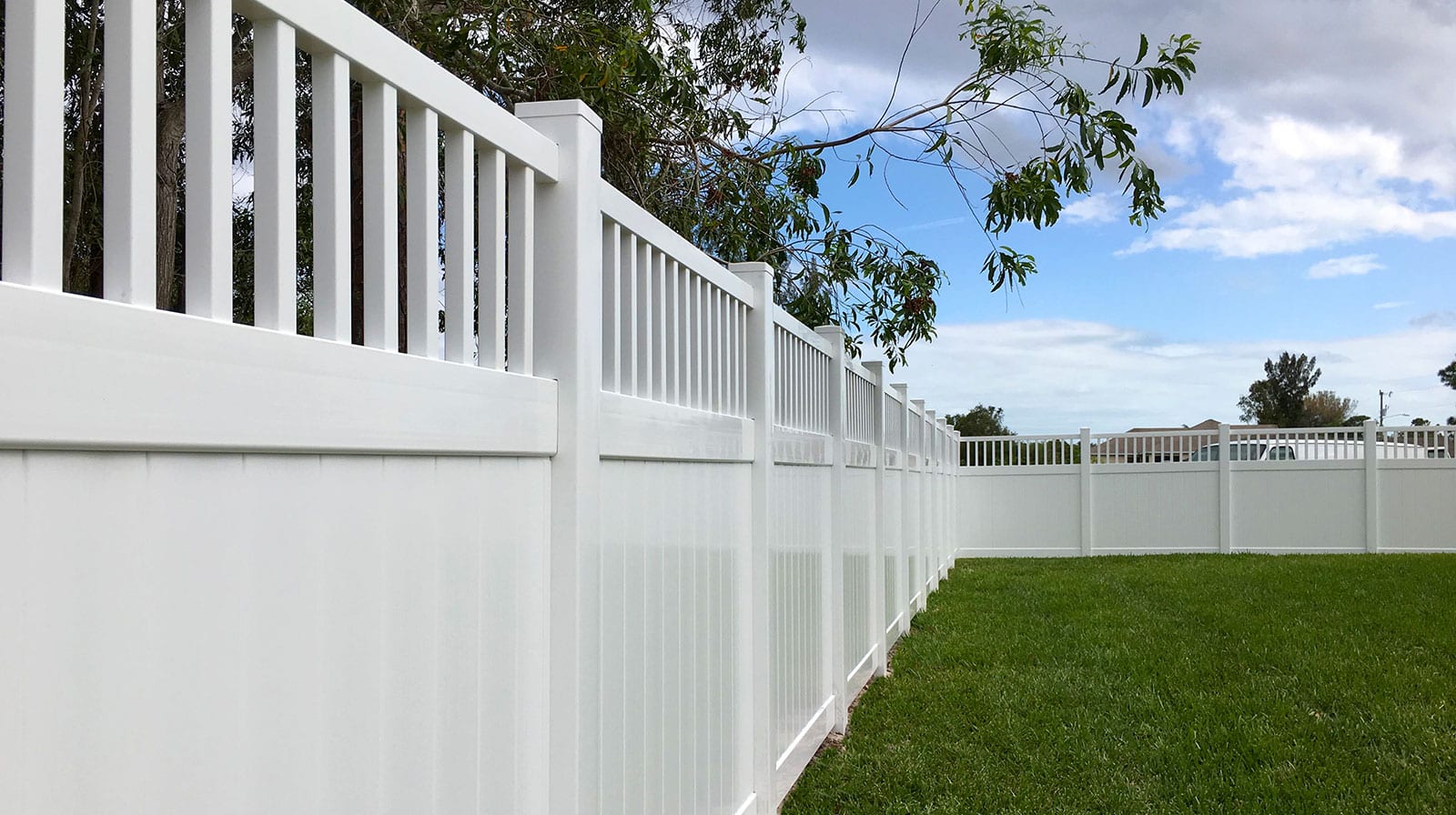Latest Trends in Outdoor Spaces from a Creative Deck Builder
Latest Trends in Outdoor Spaces from a Creative Deck Builder
Blog Article
Exactly How to Recognize Usual Issues That Need Immediate Fencing Repair
It is crucial to identify problems before they become bigger issues when it comes to maintaining your fencing. Consistently looking for indicators of decaying wood, leaning panels, or rust can save you time and money over time. You might not recognize just how weather and bugs can endanger your fencing's stability. Let's check out the typical indications that show your fencing needs instant focus, so you can maintain your property secure and looking its finest.
Indicators of Rotting Wood in Wooden Fences
Have you seen your wooden fence looking a little bit shabby? It may be time to check for indications of decaying timber if so. Examine the base of the posts and panels for soft spots. If you continue the timber and it really feels mushy or crumbles, that's a clear sign of rot. Next, search for discoloration or dark places on the wood-- these frequently signal moisture damages. Pay interest to any peeling paint or surface, as this can expose the wood to more degeneration. Additionally, a pungent, stuffy scent can indicate fungal growth. Do not fail to remember to inspect links and joints; if they're loosened or breaking down, the timber below is likely jeopardized. By capturing these indicators early, you can prevent extra considerable damages and keep your fence standing solid. Regular upkeep is essential to expanding the life of your wooden fencing.
Leaning or Tilting Fencing Panels
If you've discovered your fence panels leaning or tilting, it's essential to understand what created it. This issue might suggest underlying architectural damages that needs your attention. Let's discover the typical causes and the repair work alternatives offered to get your fencing back in shape.

Causes of Leaning Panels
It's usually a sign of underlying issues that require dealing with when you see your fence panels turning or leaning. One common cause is insufficient water drainage; excessive water can erode the soil around the fence blog posts, compromising their assistance. Another offender might be solid winds or tornados that push versus the panels, especially if they're not effectively secured. Furthermore, the natural settling of soil in time can trigger messages to shift, bring about a tilt. Bugs, like termites, can endanger the integrity of wooden panels, triggering them to lean as well. Ultimately, inadequate installment techniques might cause panels not being securely set, leaving them susceptible to leaning under stress. Address these issues quickly to maintain your fence's integrity.
Signs of Structural Damages
Noticing leaning or turning fence panels can be disconcerting, as these concerns typically indicate architectural damage that needs prompt interest. When your fence begins to lean, it may signal that the messages are shifting or that the dirt around them has actually deteriorated. Pay close attention to spaces in between panels or messages, as these can additionally recommend instability. deck builder. Furthermore, look for cracks or splintering in the timber, which can deteriorate the total framework. If you observe rust or deterioration on metal components, it can jeopardize the stability of the fencing. Remember, neglecting these indicators can bring about much more extreme damage down the line, so it's vital to assess the scenario immediately and take action before it worsens
Fixing Options Available

Rust and Rust in Steel Fences
If you have a metal fencing, you might notice corrosion and corrosion creeping in gradually, particularly if it's exposed to dampness. These issues not just affect the appearance of your fence however can also endanger its architectural integrity. To identify corrosion, search for reddish-brown areas or spots, which indicate the metal is oxidizing. Corrosion can spread rapidly if left untreated, damaging the fence and leading to costly repairs.To deal with corrosion and rust, you ought to clean up the influenced areas with a wire brush and use a rust-inhibiting guide. Once the primer dries out, consider repainting the fencing with a weather-resistant paint to protect it additionally. Regular maintenance, such as evaluating for signs of corrosion and touching up paint as needed, will aid extend your fence's life-span. Attending to these issues immediately ensures your steel fencing continues to be solid and aesthetically appealing for many years ahead.
Cracks and Divides in Vinyl Fencing

Root Causes Of Plastic Damage
Vinyl secure fencing is preferred for its resilience, yet it can still experience from cracks and divides as a result of numerous variables. One significant cause is severe temperature level variations. When plastic increases in the warm and agreements in the cool, it can weaken the material in time. Additionally, exposure to rough sunlight can cause UV destruction, making the vinyl brittle. Physical effects, like heavy branches or unexpected collisions, can additionally create cracks. Poor setup or utilizing low-quality materials can intensify these problems. In addition, age contributes; older plastic secure fencing is much more at risk to damage. Routine evaluations can aid you recognize these factors before they cause substantial troubles. Take proactive procedures to assure your fence continues to be intact and solid.
Repairing Cracks Effectively
Fractures and divides in your plastic fence can be concerning, resolving them promptly can protect against additional damage and keep the fencing's appearance. Assess the size of the crack. For tiny fractures, a vinyl repair kit commonly includes glue that can bond the my latest blog post edges, supplying a seamless repair. Clean the area visit their website completely prior to applying the glue, guaranteeing it adheres properly. For larger divides, you could require to use a vinyl spot. Cut the spot to size, use glue around the sides, and press it firmly onto the split. Allow it to heal according to the supplier's guidelines. Routine maintenance and fast fixings can expand your fence's lifespan, maintaining it looking fantastic for years ahead.
Loosened or Missing Out On Fence Messages
Loosened or absent fence posts can threaten the security of your entire fencing structure. It's vital to resolve the issue instantly if you see any blog posts wobbling or leaning. Inspect for any type of signs of movement, as this can bring about more damages with time. You can conveniently evaluate the trouble by giving each post a gentle shake-- if it feels unstable, it's time to take action.For missing out on posts, you'll need to replace them as quickly as feasible to maintain your fence's integrity. When you set up new blog posts, make certain they're securely secured in the ground with concrete or crushed rock for added security. If a post hangs, tighten it by including additional assistance or driving it deeper into the ground.Ignoring these problems can lead to bigger troubles, like voids in your fence and even full collapse. Maintain an eye on your messages and remain proactive regarding repairs!
Damages From Climate and Natural Environment
Weather and natural aspects can unleash havoc on your fence, resulting in numerous forms of damages that call for punctual focus. Hefty rain can trigger timber to rot, making it weak and unsteady. Snow accumulation could bend or damage panels, while strong winds can uproot fencing blog posts or trigger sections to lean.If you see fractures or splintering in wooden fences, it suggests drying out as a result of extreme sun exposure. On the other hand, metal fences can rust if protective coverings disappear, especially in humid or seaside areas.Inspect your fence regularly after storms or extreme weather condition to capture any damage early. Dealing with these concerns rapidly can conserve you from pricey repairs down the line. Don't wait until a tiny problem turns into a major one; remain aggressive and maintain your surround leading form to preserve both performance and curb appeal.
Insect Infestation and Termite Damage
It's crucial to act promptly to avoid further destruction when you discover indications of bug problem or termite damages. Seek mud tubes along your fencing or hollow-sounding wood, as these suggest termites are at work. You may additionally see small openings or frass, which is termite droppings looking like sawdust. If you find any of these signs, it's time to assess the damage.Don' t delay till it's far too late; bugs can jeopardize your fencing's integrity. Evaluate the surrounding area for beetles or ants, as they might be adding to the issue. If you presume a problem, consider calling a parasite control specialist to validate and deal with the issue.Repairing or replacing affected areas of your fencing promptly not only this content restores its stamina yet additionally stops pests from spreading further. Remain vigilant to keep your home safe and secure and pest-free.
Regularly Asked Concerns
Just how Commonly Should I Inspect My Fencing for Damages?
You must examine your fencing a minimum of twice a year, preferably during spring and autumn. Regular checks aid you detect damages early, saving you money and time on repairs while maintaining your home's appearance and protection.
Can I Fix a Fencing Myself or Work With an Expert?
You can certainly repair a fence yourself if you have the right devices and skills. Hiring a specialist assurances high quality job and saves you time, specifically for complicated repair work or comprehensive damage.
What Tools Are Needed for Basic Fencing Repair Work?
For fundamental fencing repair work, you'll require tools like a hammer, screwdriver, pliers, a saw, a level, and determining tape. deck builder. Depending upon the repair, you might likewise require nails, screws, or replacement boards
Just How Much Does Fence Repair Commonly Cost?
Fence fixing costs vary widely, however you can anticipate to pay in between $200 and $1,500 depending on products, labor, and extent of damage. It's smart to get numerous quotes for the ideal deal.
When Is the Best Season for Fence Repairs?
The finest time for fencing repairs is throughout mild weather condition, usually in spring or early fall. You'll prevent severe temperatures, making it easier to work and guaranteeing the products established correctly for lasting longevity (deck builder). Noticing tilting or leaning fencing panels can be alarming, as these problems frequently suggest architectural damage that needs prompt interest. Loosened or absent fence posts can undermine the security of your whole fencing framework. Snow accumulation might flex or damage panels, while solid winds can root out fence posts or create sections to lean.If you notice cracks or splintering in wood fences, it's an indicator of drying out due to intense sunlight exposure. Metal fences can corrosion if safety finishes put on off, especially in coastal or damp areas.Inspect your fencing consistently after storms or severe climate to capture any damages early. Fencing repair prices differ widely, however you can expect to pay in between $200 and $1,500 depending on materials, labor, and level of damages
Report this page